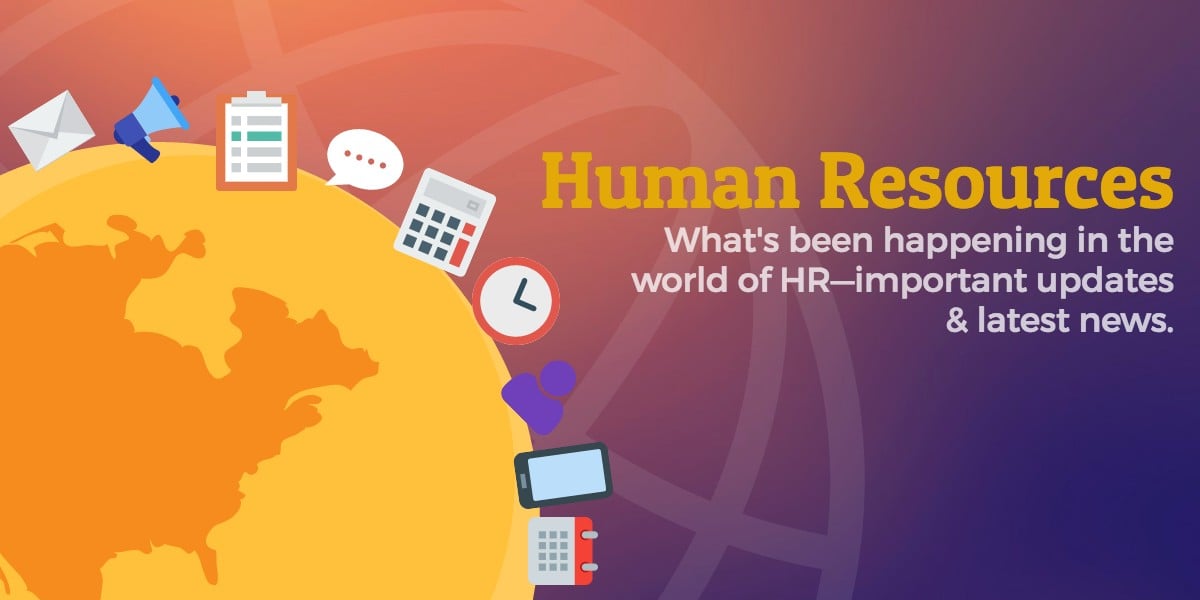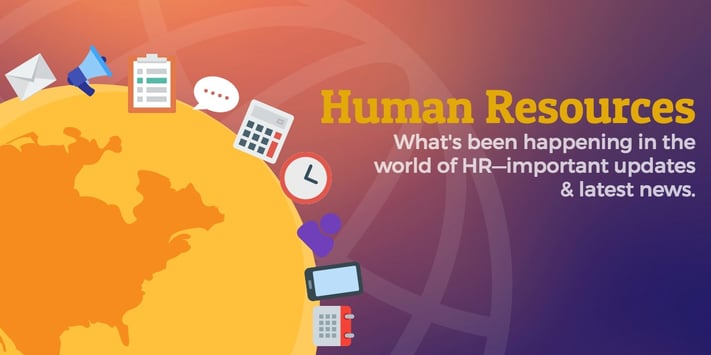
While many of us were focused on year-end processes and keeping employees in check at the company holiday party, regulations surrounding the workplace were bouncing all around. From wage increases to immigration form revisions and an ever back and forth FLSA, December kept our heads spinning. Good thing we’ve got AI coming to the rescue. Here’s your HR Roundup for December, full of HR news and trends that closed out 2016.
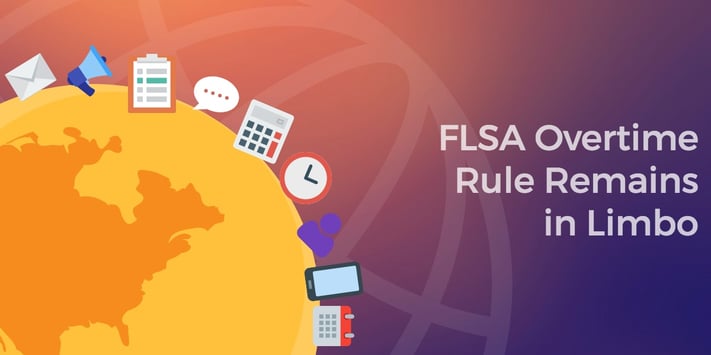
FLSA overtime rule still in limbo
We’ve not been short of drama in actions surrounding the FLSA overtime rules. After an 11th-hour injunction from a Texas judge to halt the rule taking effect December 1, 2016, the DOL quickly requested a review of the temporary injunction. A week after the rule would have gone into effect, a federal appeals court agreed to the review and to expedite the process. All final briefs will be due January 31, 2017 with oral arguments to follow. While this is sooner than originally expected, it will fall short of President-Elect Donald Trump’s inauguration date. Once Trump enters office on January 20, he will be able to drop the appeal and send the decision back to a lower court.
Despite all the back and forth, one question remains: what do employers do?
Jeff Ruzal, attorney with Epstein Becker Green in New York City, recommends employers prepare now so they are "well-positioned to make any changes that may be necessary if and when the new rule is implemented." He stresses the importance of understanding the white-collar exemption rule and changes to FLSA overtime rules in order to reach compliance.
And the best place to start? Be sure your employees are classified with the correct FLSA status and make sure you are compliant with current FLSA rules.
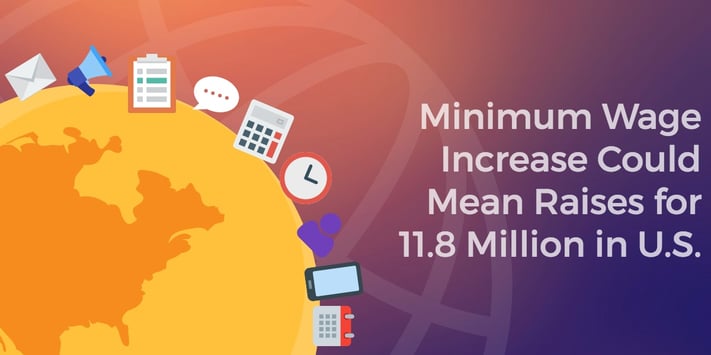
Minimum wage increases from 2016 could translate into raises for 11.8 million US workers
Across the U.S., minimum wage standards have been increasing in 2016. On December 21, 2016, the National Employment Law Project released figures showing 25 states and localities in the U.S. that approved minimum wage increases. This brings the total number of states and cities with a standard $15 minimum wage to 19, which could mean raises to as many as 1 in 3 workers. This year, some 11.8 million workers in the U.S. will see increased wages due to the minimum wage increase with more states poised to follow suit in 2018. California and New York will experience these changes more than any other state.
While fast food and low-paid workers are leading the charge for a $15 minimum wage, HR experts say the victories will likely stop at the state level. With a Republican dominated House and Senate, it is unlikely the federal minimum wage will see increases any time soon.
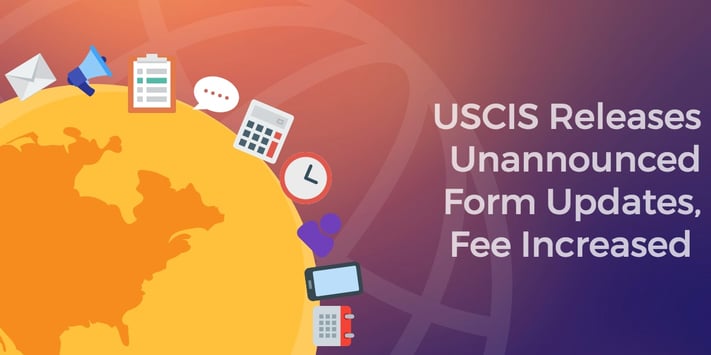
USCIS releases unannounced form updates, fees increased
If the back and forth on the FLSA rules wasn’t enough for a single month, the United States Citizenship and Immigration Services threw stakeholders for a loop when they released new versions of forms just two days before Christmas. The unannounced revisions became effective immediately. Any filing postmarked on or after December 23, 2016 must include the revised forms or they will not be accepted. For filings postmarked prior to December 23, the agency will accept until February 21, 2017 with the exception of Form N-400 which must be the revised form. View the complete list of forms impacted by the December 23 filing deadline.
Employers have until January 22, 2017, to switch to the new version of Form I-9. The updated I-9 is said to be a “smart” form to help reduce the number of errors. It uses data validation to ensure the correct number of digits are entered in a specific field among other smart field features and updated verbiage for clarity.
Along with new form revisions came new fees. Filing fees and penalty fines have increased due to inflation, some increasing as much as 96%. Seeing the greatest fine increase, Form I-9 violations will potentially double per instance. This means even simple system errors for a mid-size business could result in a $50,000 fine.
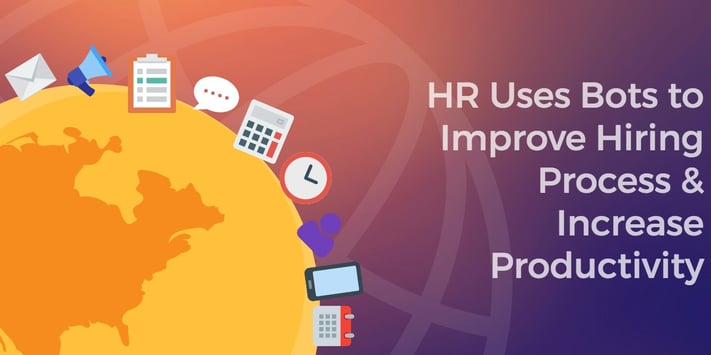
HR uses bot to improve hiring process & increase productivity
If you’ve ever lost good candidates in the hiring process due to the sheer volume of applications coming in, you’re not alone. Screening applicants is a time consuming process that can leave good candidates going elsewhere. This can make it hard to find the right candidate to fill your vacancy and it reflects poorly on your company’s brand if applicants become frustrated with lack of communication in the process.
Enter the HR bot. You can use a chatbot to order pizza or get support on consumer technology, why not use bots to aid in the hiring process?
FirstJob, an online marketplace for entry-level and early career jobseekers, developed a bot that gets the conversation started for applicants and recruiters. The bot, named Mya, talks with applicants to learn information about their backgrounds, answers questions from applicants, and even helps recruiters and HR managers filter through applications. Mya isn’t the only bot out there. But she is a part of the emerging trend toward the use of AI and bots in improving HR.
Bots assistance won’t stop at the hiring process. These bots will help improve productivity through training employees, aiding customer service reps, booking appointments, transferring data, and more.
And that's your HR Roundup to finish out 2016. Subscribe below to get updates on HR trends, news, and best rpactices throughout the month.
